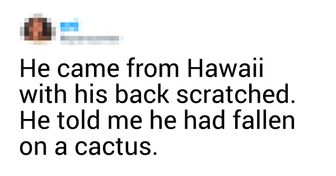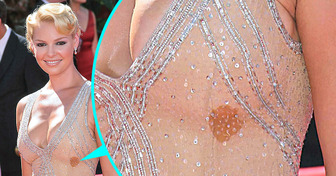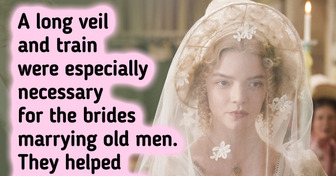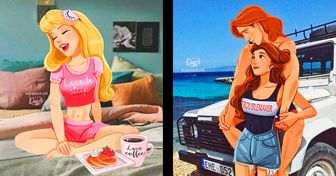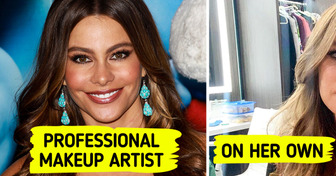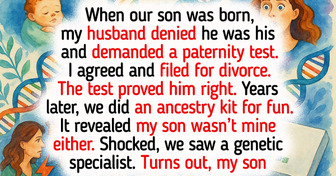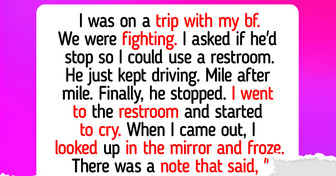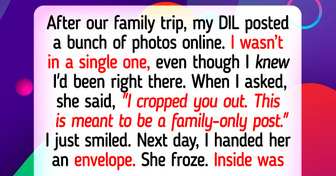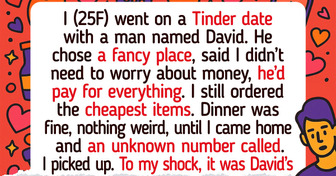28 Pictures Proving That Absurdity Is Always Somewhere Around the Corner
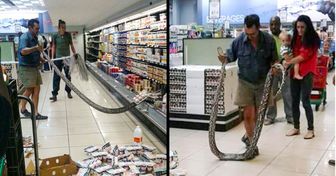
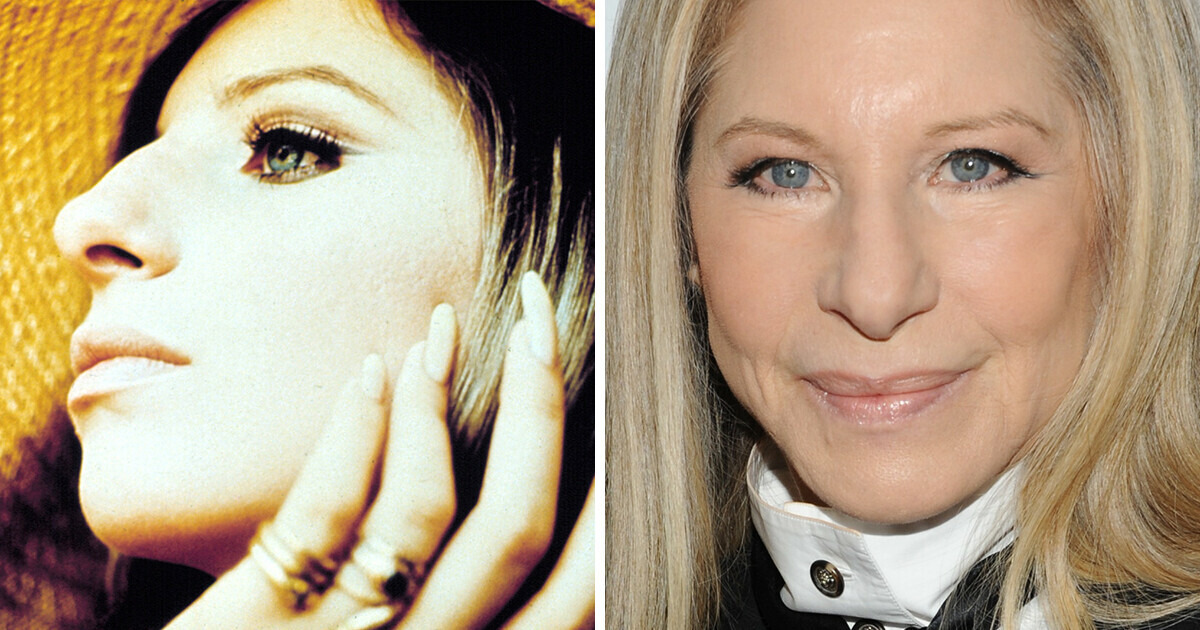
Barbra Joan Streisand possesses one of the most recognizable faces of the 20th century. Throughout her career, her appearance has been both celebrated and ridiculed, a fact that she humorously acknowledges in her upcoming memoir, My Name Is Barbra.
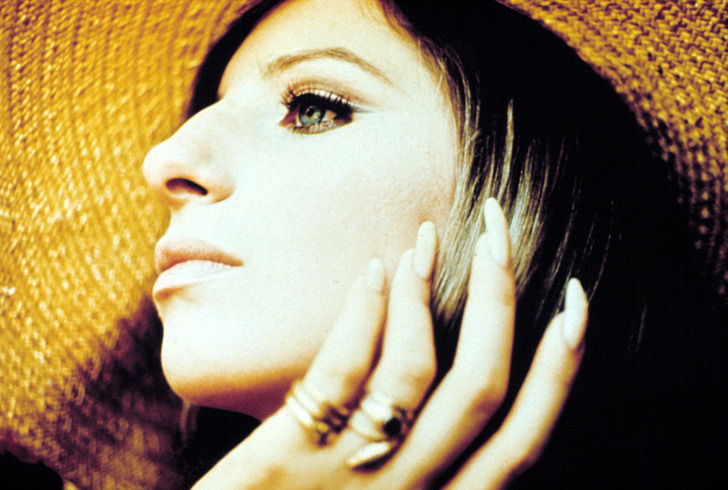
In an audio snippet from her book, Streisand playfully recounts the various names she was called as her stardom began to ascend. From being labeled an “amiable anteater” to a “seasick ferret,” she takes these nicknames in good sport, although she admits that some of the insults still sting after all these years, saying she is “still kinda hurt by the insults.”
Streisand’s breakthrough arrived with her memorable Broadway debut at 19 years old in I Can Get It for You Wholesale in 1962. Subsequently, she soared to the pinnacle of the entertainment industry throughout the rest of the decade. Nevertheless, it seemed that her appearance continued to be a fixation for many. “My nose got more press than I did,” she remembers.
Reflecting on her Funny Girl days, Streisand recalls how the media shifted from likening her to an anxious woodland creature to portraying her as a “Babylonian queen” with a “Pharaonic profile.” “I must say, I loved those descriptions,” quips the EGOT winner. Addressing the reference to her “scarab eyes,” she playfully concedes that while she initially interpreted it as a compliment, she recognizes that one of her eyes may seem a bit cross-eyed at times.
Despite the enduring impact of these criticisms, Streisand has learned to shield herself from the often-inaccurate portrayals in the media. She shares an incident when she came across an article about her friend Neil Diamond’s brother and the supposed purchase of a $15,000 bathtub that was falsely attributed to her. “I didn’t even know my friend Neil had a brother, and now I’m being used to sell his bathtub?” Streisand remarks in disbelief.
Addressing her infamous reputation for being difficult, Streisand attributes it to the proliferation of false narratives in the media. Recounting a disheartening incident over dinner with her friend Andrzej Bartkowiak, a cinematographer with whom she had collaborated on The Mirror Has Two Faces and Nuts, she recounts how someone labeled her a hell despite Bartkowiak’s efforts to refute it. This experience deeply affected Streisand, prompting her to question why people struggled to accept the truth about her.
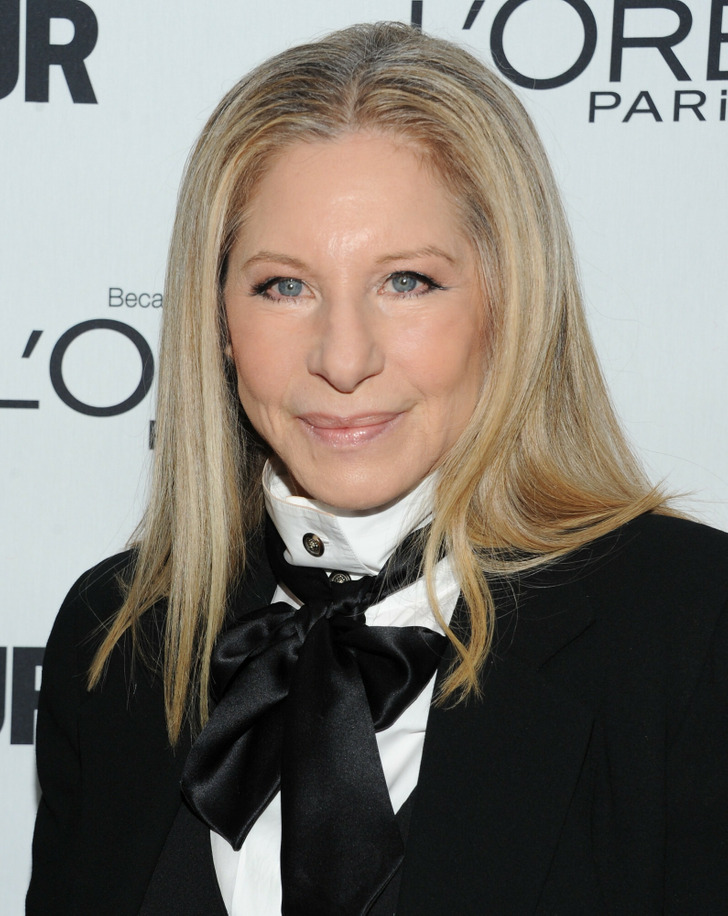
Despite publishers’ persistent requests for her autobiography over the past four decades, Streisand consistently declined, preferring to focus on the present rather than dwell on the past. Expressing her apprehension, she admits, “I’m scared that after six decades of people making up stories about me...I’m going to tell the truth, and nobody is going to believe it.”

